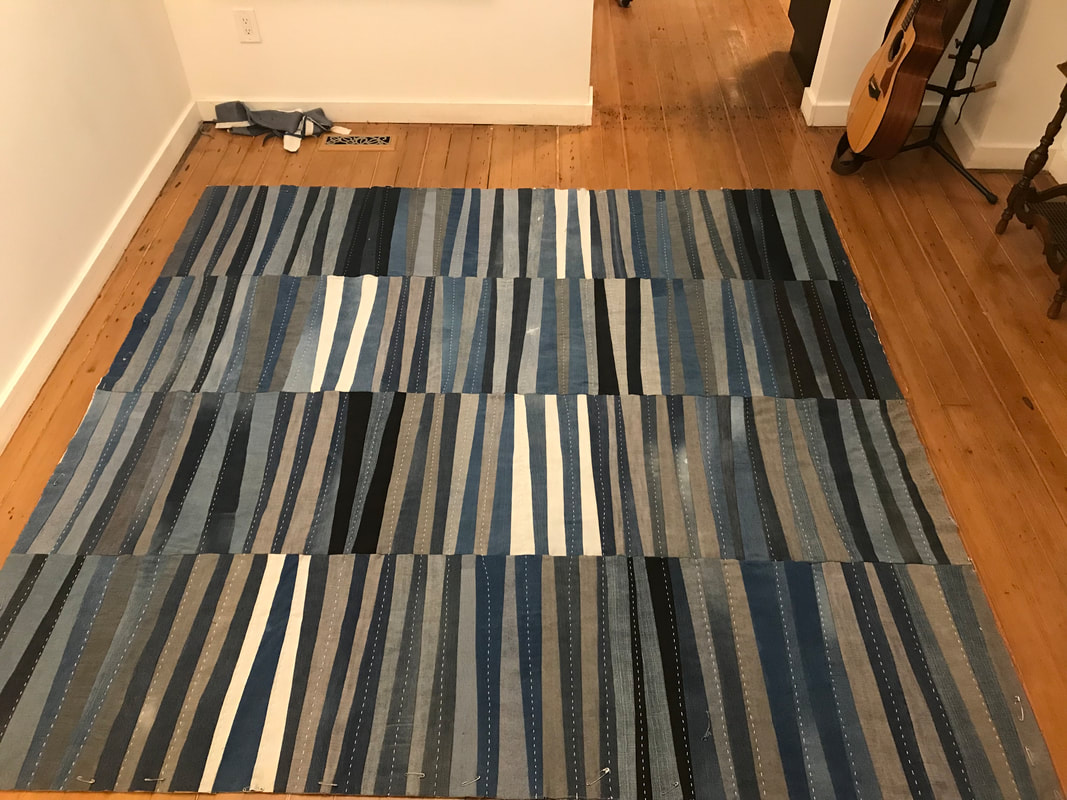I've been mixing it up with a wide range of materials (and makers) ever since but even I'm surprised to find that my latest tools of choice for bushwacking new routes of making are the ol' crochet hooks, knitting needles, rug hooks and embroidery needles.
The line on the paper has always been too limiting to me; I need to pick up that line, play with it in my hands, turn it into area, then volume. I remain entranced by the possibilities of connecting something created by a silkworm or an industrial manufacturing plant to a mathematical model or a wearable with uncomfortable connotations.
The beauty of fiber is in its physical and metaphorical ability to connect the Art side to the Design side (not to mention the science side), weaving the two together until it's clear that playing with ideas cannot be put into separate boxes.
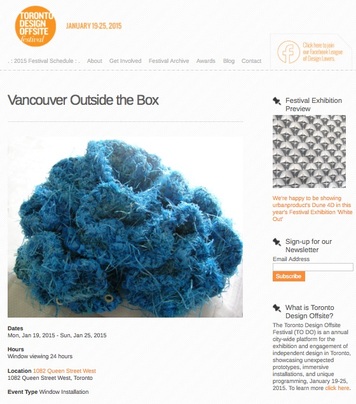 'Spore' (2011) serves as promo visual for the Vancouver design group.
'Spore' (2011) serves as promo visual for the Vancouver design group. A few object-experiments from my ongoing Fuzzy Logic series will be packed in there, as part of the Vancouver group of makers, selected by the Dear Human creative studio.
It's all part of the ‘Outside the Box’ exhibits featuring works from three selected Canadian cities — Montreal, Calgary and Vancouver — and five from the U.S.: New York, Detroit, Chicago, Los Angeles and Seattle.
It's a fine way to mine local design ideas and visions through an unexpected selection of objects that are shared in various locations via specific-sized shipping boxes.
The Vancouver contribution includes nine individuals and teams who live, design and make in the greater Vancouver area. The connecting thread is a pursuit of a design practice through material exploration, according to Dear Human. "Whether through common applications of unusual materials or transcending common materials through unusual applications, exploration is evident in each of the included objects."
Rounding out the Vancouver Outside the Box contingent are: Cathy Terepocki, Dahlhaus, Dina Gonzalez Mascaro, Hinterland Designs, Laura McKibbon, Rachael Ashe, and Studio Bup.
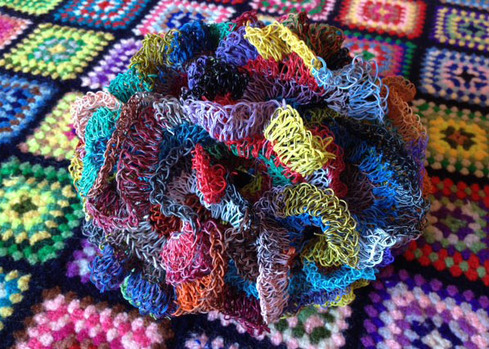 Playing with fiber optics (Photo by Carlyn Yandle)
Playing with fiber optics (Photo by Carlyn Yandle) TO DO is an annual city-wide not-for-profit week-long festival that celebrates and showcases the nation's design scene, providing exposure and cross-pollination of ideas and techniques. There are too many exhibits, installations, talks, parties and films to list here, so check out the full (and growing) schedule here as well as the fun promo video.
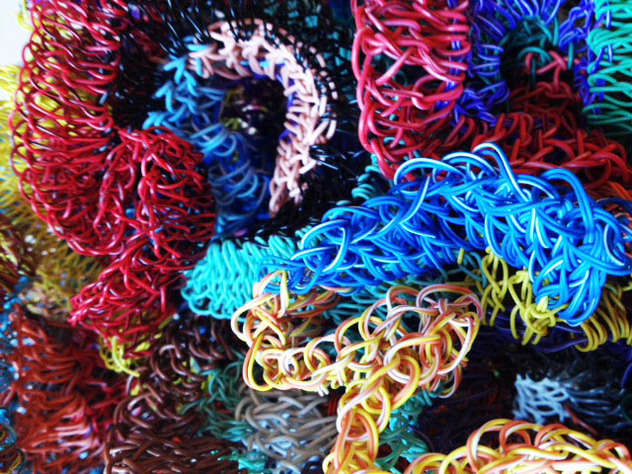 Detail of Fiber Optics (Photo by Carlyn Yandle)
Detail of Fiber Optics (Photo by Carlyn Yandle) 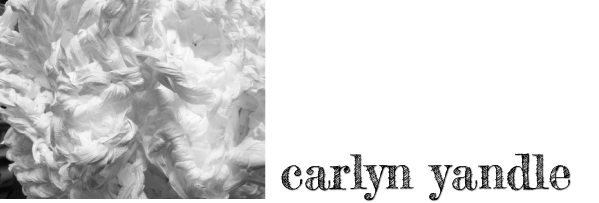
 RSS Feed
RSS Feed

